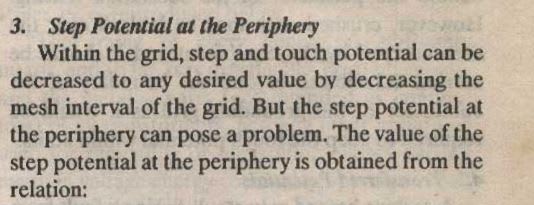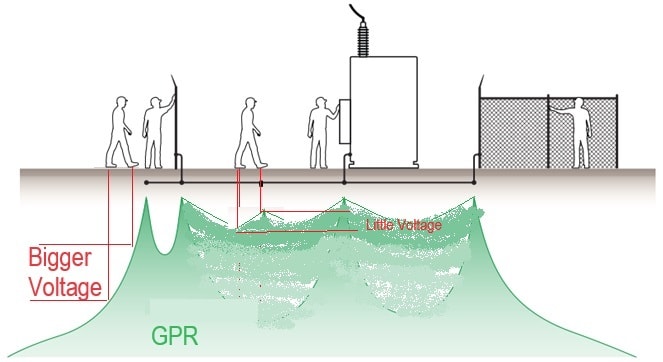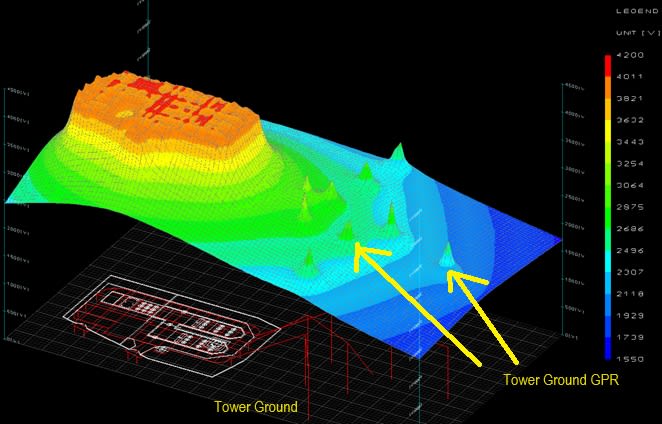NickParker
Electrical
What is the difference between step/touch potentials inside the ground grid Vs at the edges of the ground grid?
Follow along with the video below to see how to install our site as a web app on your home screen.
Note: This feature may not be available in some browsers.
That's what I understood until I read this article,DBL-E said:Conceptually they are the same inside and outside the fenceline, but do elaborate if you had something specific in mind.


But the lines themselves extend neutral conductors outside the substation and are connected to ground wires running down poles that are exposed to the public. Does this cause a transfer potential problem?cranky108 said:Transfer potential is a concern, so in reality no conducting materials, other than lines, should be extending from the substation.

Cranky said:Come to think of it, years ago it was a common practice to cover pole grounds with a half round piece of wood, that was stapled into place. Why was this, and did it help touch potentials?
